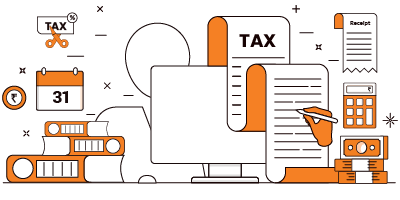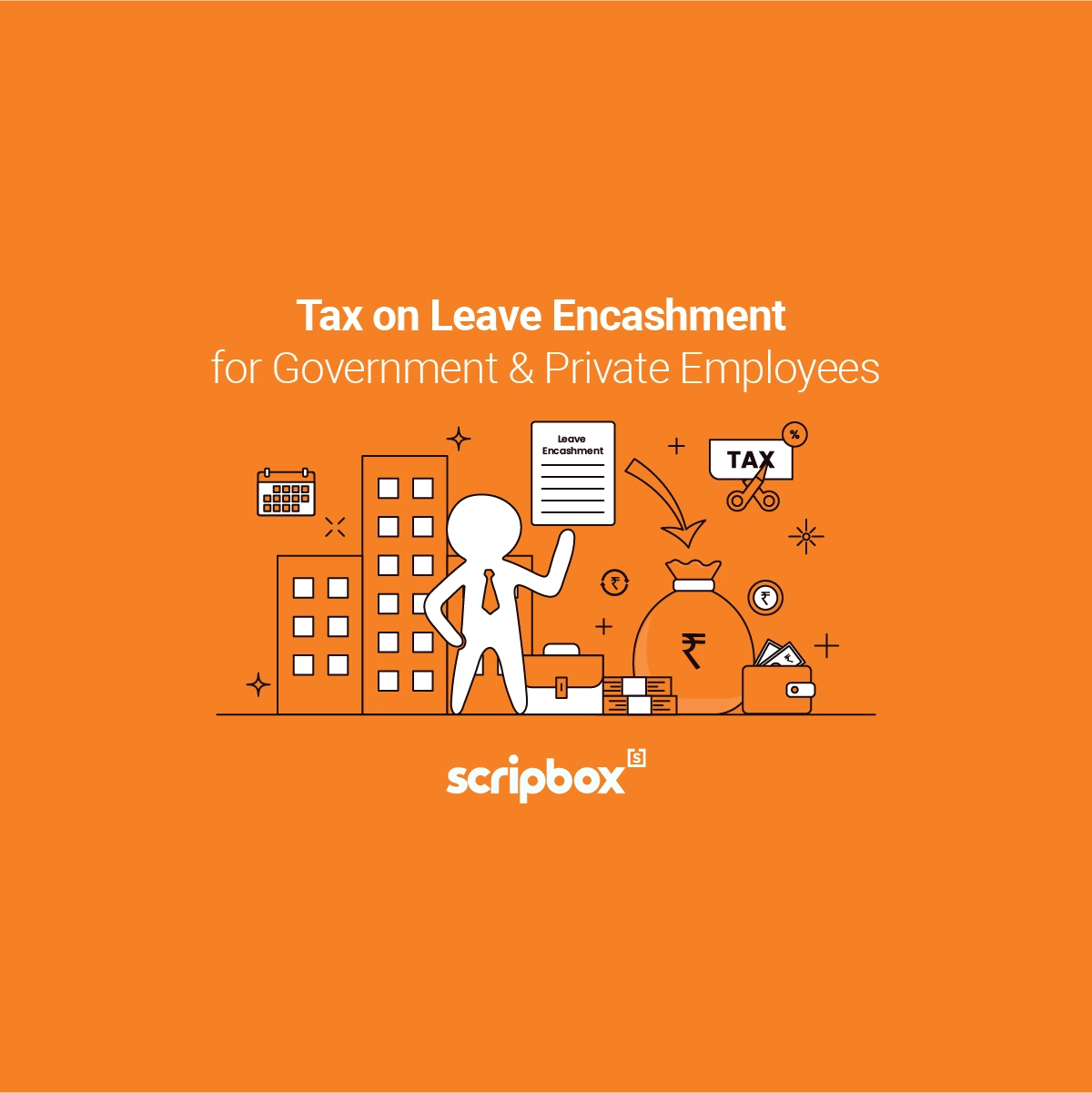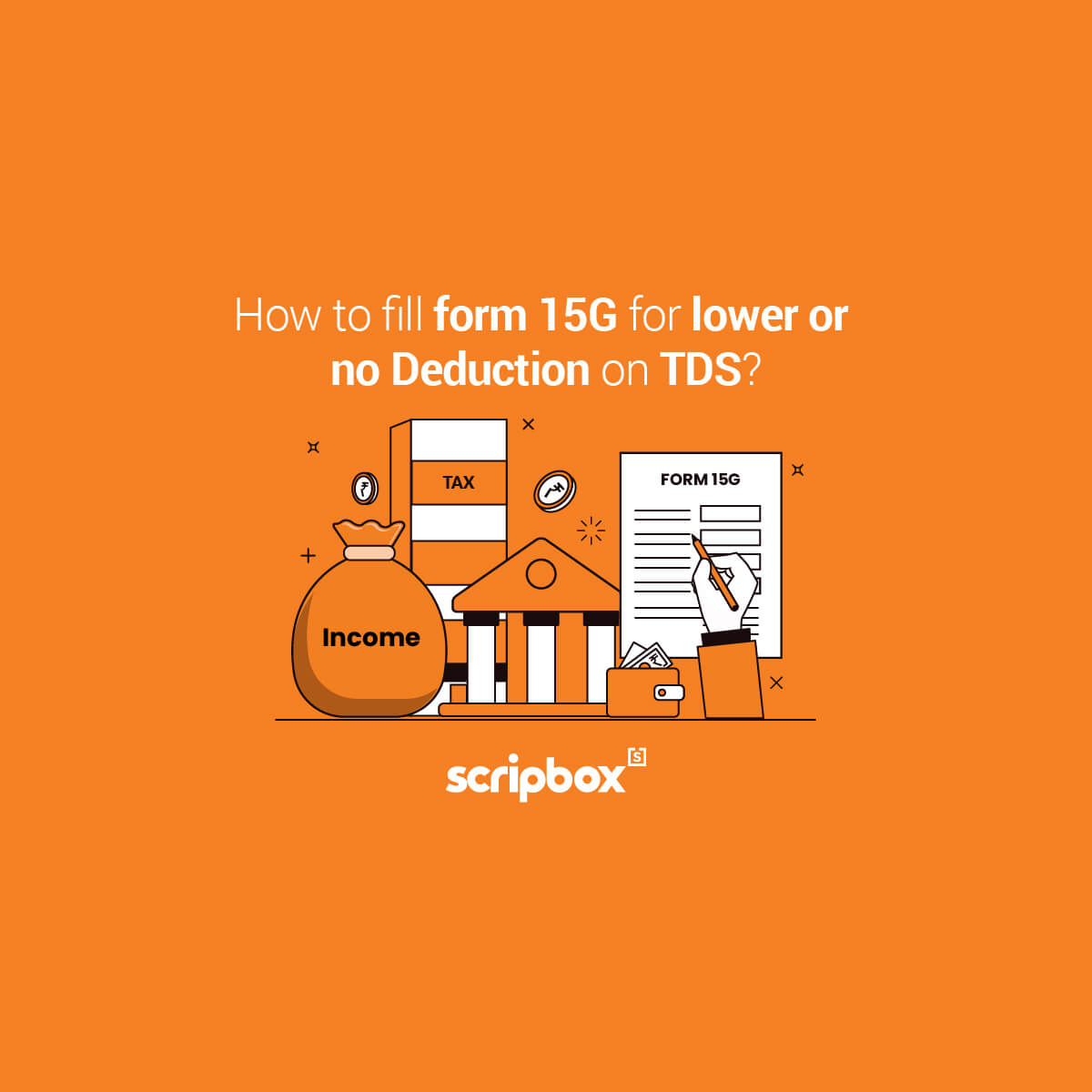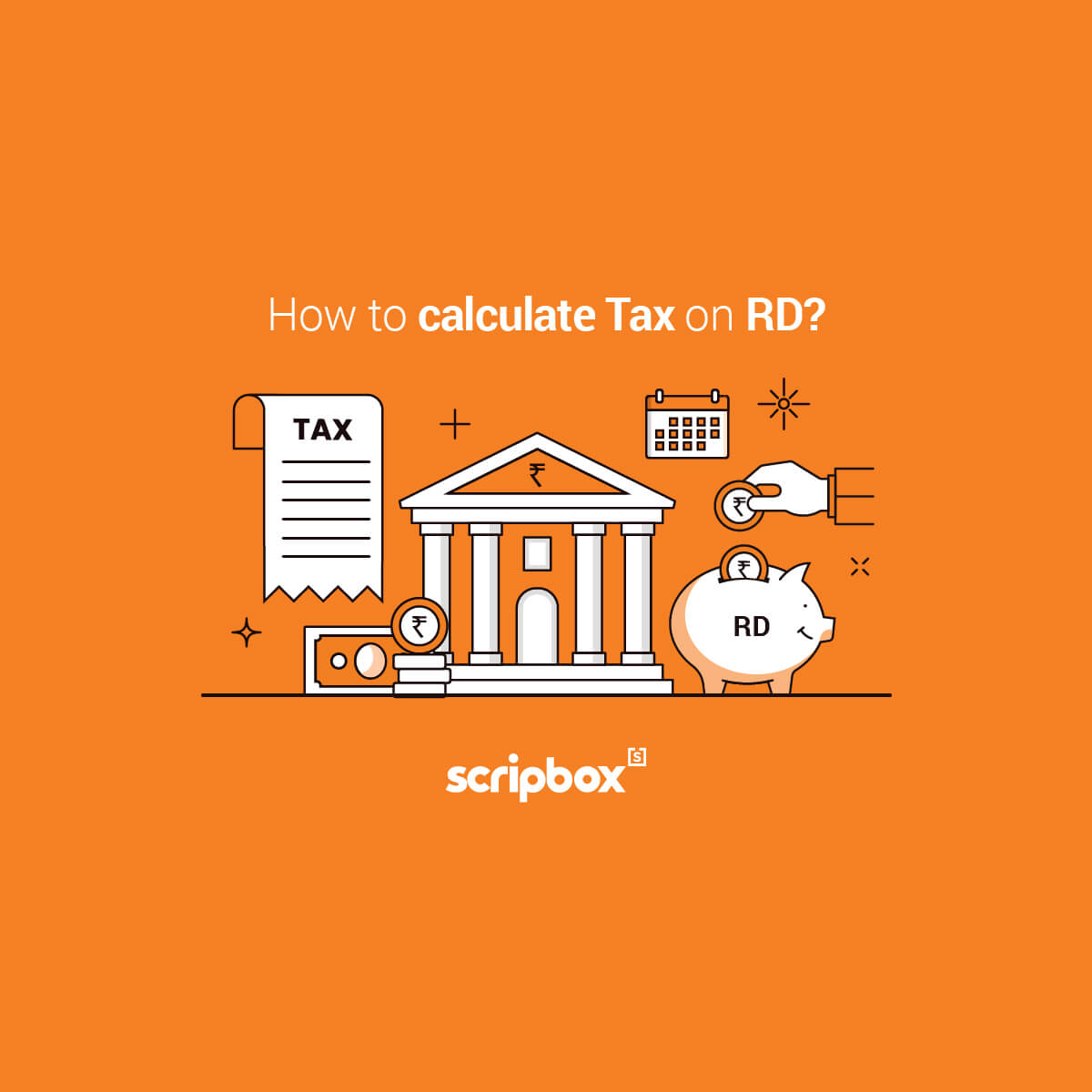ITR 3 is applicable to individuals and HUFs who have earned income from business or profession during the assessment year. You can file ITR 3 either by preparing online or through the excel utility available on the e-filing portal. This article is a complete guide to filing ITR 3 on the income tax e-filing portal.
Union Budget 2021 Update: The tax audit limit under section 44AB has been increased from Rs 5 crore to Rs 10 crore. The limit has been increased for taxpayers whose 95% of the business transactions are in a digital mode. Further, the taxpayers need to pay advance tax on dividend income only after a declaration of such dividends by the company.
The Income Tax Department has launched its new e-filing website on the 7th of June, 2021. This new portal will soon replace the existing portal www.incometaxindiaefiling.gov.in. With the main focus on a user-friendly e-filing experience for the taxpayers, the new portal ensures a quick and seamless ITR filing process. Currently, ITR-1 and ITR-4 (online and offline), and ITR-2 (offline) are available on the new portal. Other ITRs such as ITR-3, ITR-6, ITR-5, and ITR-7 will also be available. For the month of June 2021, the new ITR filing software will be free of cost for taxpayers. ITR will be immediately processed leading to a quick income tax refund. A single dashboard will represent all the tax-related interactions.
Who should file ITR 3 for the assessment year 2023-24?
- ITR 3 is applicable to any individual taxpayer or a HUF.
- An individual taxpayer or a HUF who has earned income from a proprietary business or by carrying profession during the financial year.
- The total income of such individual taxpayers or a HUF exceeds the maximum amount which is not chargeable to income tax. Such income is calculated before allowing deductions under Chapter VI-A of the Income-tax Act.
The amount not chargeable to income tax is different for each category of the taxpayer:
| Category of Taxpayer | Amount |
| Hindu Undivided Family (HUF) or an individual who is below the age of 60 years or | Rs 2,50,000 |
| An individual, being resident in India, who is of the age of 60 years or more but below the age of 80 years | Rs 3,00,000 |
| An individual, being resident in India, who is of the age of 80 years or more | Rs 5,00,000 |
If the total income chargeable to tax does not exceed the basic exemption limit but any of the following conditions are satisfied, then the taxpayer needs to file ITR 3:
- The taxpayer holds the position of a director in a Company
- Taxpayer holds an Investment in unlisted equity shares at any point of time during the financial year
- The taxpayer is a partner in a firm and has income from the firm
- Deposit of amount or aggregates of amount exceeds Rs 1 crore in one or more current accounts held by the taxpayer
- The taxpayer incurs an expense for travel to a foreign country for yourself or any other person. The total amount of expense exceeds Rs. 2 lakhs
- The taxpayer incurs an expense on the consumption of electricity of an amount exceeding Rs. 1 lakh.
- You can also file income from salary or pension, house property, and other sources along with income from business and profession under ITR-3
Who cannot file ITR 3?
An individual taxpayer and HUF who is eligible to file ITR 1 Sahaj, ITR 2, or ITR 4 Sugam cannot file ITR 3. In such a case the assessee needs to file ITR 1 Sahaj, ITR 2, or ITR 4 Sugam as applicable according to the conditions.
Structure of ITR 3 Form
| PART A- General | Personal Info., Filing Status, Audit Info | Details of Personal Information and filing status |
| Nature Of Business | Nature Of Business | Nature of business or profession, if more than one trade name |
| Part A – BS | Part A-BS | Balance Sheet as on 31st Day of March (fill items 1 to 5 in a case where regular books of accounts are maintained, otherwise fill item 6) |
| Manufacturing Account | Schedule Manufacturing Account | Manufacturing Account for the financial year (fill items 1 to 3 in a case where regular books of accounts are maintained, otherwise fill items 61 to 64 as applicable) |
| Trading Account | Schedule Trading Account | Part A-Trading Account -Trading Account for the financial year (fill items 4 to 12 in a case where regular books of accounts are maintained, otherwise fill items 61 to 64 as applicable) |
| Profit and Loss | Part A-P & L | Profit and Loss Account for the previous year (fill items 1 to 52 in a case where regular books of accounts are maintained, otherwise fill item 53) |
| Part A – OI | Part A -OI | Other Information (optional in a case not liable for audit under section 44AB) |
| Quantitative Details | Part A-QD | Quantitative details (optional in a case not liable for audit under section 44AB) |
| Schedule S | Schedule S | Details of Salary |
| House Property | Schedule HP | Details of Income from House Property |
| BP | Schedule BP | Computation of income from business or profession |
| DPM – DOA | Schedule DPM, Schedule DOA | Depreciation on Plant and Machinery, Depreciation on other assets |
| DEP_DCG | Schedule DEP, Schedule DCG | Summary of depreciation on assets, Deemed Capital Gains on sale of depreciable assets |
| ESR | Schedule ESR | Deduction under section 35 |
| CG | Schedule CG | Details of income under the head Capital Gains |
| Schedule 112A | Schedule 112A | LTCG on sale of listed equity shares, equity-oriented mutual funds, and business trust |
| Schedule 115AD(1)(iii) proviso | Non Resident Indian- LTCG on sale of listed equity shares, equity-oriented mutual funds, and business trust | |
| OS | Schedule OS | Income from other sources |
| CYLA – BFLA | Schedule CYLA, Schedule BFLA | Details of Income after set-off of current years losses, Details of Income after Set off of Brought Forward Losses of earlier years |
| CFL | Schedule CFL | Details of Losses to be carried forward to future Years |
| Unabsorbed Depreciation | Schedule UD | Unabsorbed depreciation and allowance under section 35(4) |
| ICDS | Schedule ICDS | Effect of Income Computation Disclosure Standards on profit |
| 10AA | Schedule 10A, 10AA, 10B,10B | Deduction under section 10A, Deduction under section 10AA |
| 80G | Schedule 80G | Details of donations entitled for deduction under section 80G |
| 80D | Schedule 80D | Details of health insurance for deduction under Section 80D |
| RA | Schedule 80RA | Details of donations to research associations etc. |
| 80 | Schedule80-IA,IB,IC | Deductions under section 80-IA, Deductions under section 80-IB, Deductions under section 80-IC |
| VI-A | Schedule VIA | Deductions under Chapter VI-A |
| SPI-SI-IF | Schedule SPI, Schedule SI, Schedule IF | The income of specified persons (spouse, minor child, etc.) includable in the income of the assessee, Income chargeable to Income tax at special rates IB, Information regarding partnership firms in which you are a partner |
| AMT | Schedule AMT | Computation of Alternate Minimum Tax payable under section 115JC |
| AMTC | Schedule AMTC | Computation of tax credit under section 115JD |
| EI | Schedule EI | Details of Exempt Income (Income not to be included in Total Income) |
| PTI | Schedule PTI | Pass-Through Income details from business trust or investment fund as per section 115UA, 115UB |
| TPSA | Schedule TPSA | Schedule for Transfer Pricing Secondary Adjustment |
| FSI | Schedule FSI | Details of Income from outside India and tax relief |
| TR_FA | Schedule TR, Schedule FA | Summary of tax relief claimed for taxes paid outside India, Schedule FA Details of foreign assets |
| Sch 5A | Schedule 5A | Information regarding apportionment of income between spouses governed by Portuguese Civil Code |
| AL | Schedule AL | Asset and Liability at the end of the year (other than those included in Part A – BS) |
| DI | Schedule DI | Schedule for Details of investment |
| GST | Schedule GST | Information regarding turnover/ gross receipt reported for GST |
| Part B – TI TTI | Part B-TI, Part B-TTI | Computation of total income |
| IT | Tax Payments | Details of payments of Advance Tax and Self-Assessment Tax |
| TDS | Tax Payments(TDS1, TDS2, TDS3) | Details of Tax Deducted at Source from SALARY, Details of Tax Collected at Source |
| Verification | Verification | Verification of the income tax return alternatives |
How to file ITR 3 Form Online?
You can opt for the ‘Prepare and Submit Online’ option. You can prepare your income tax return online and submit it at the e-filing portal.
Follow the below-mentioned instructions to prepare and file ITR 3:
- Go to the Income Tax e-Filing portal, www.incometaxindiaefiling.gov.in
- Login to the e-Filing portal by entering user ID (PAN), Password, Captcha code and click ‘Login’. If you are a new user then you will have to first register on the income tax e-filing portal and then follow the instructions.
- Click on the ‘e-File’ menu and select the ‘Income Tax Return’ option from the drop-down menu.
- Your PAN will be auto-populated on the ‘Income Tax Return’ Page. Select ‘Assessment Year’ for which you need to file the ITR and ‘ITR Form Number as ITR 3′.
- Select ‘Filing Type’ as ‘Original’. In case you are filing a revised return against an already filed original return then select ‘Revised Return’
- Select ‘Submission Mode’ as ‘Prepare and Submit Online’ and continue.
- Fill in the details of your income, deductions, exemptions, and investments. Add the details of your tax payments through TDS/ TCS, advance tax, and self assessment tax.
- Fill every schedule carefully and save the draft to avoid any data loss. Click on the ‘Save Draft’ button periodically and save the ITR details as a draft.
- The saved draft is available for 30 days from the date of saving the details. However, once you file the ITR or there is no change in the XML schema of the ITR, the draft will not be available.
- Choose the Verification option under the ‘Taxes Paid and Verification’ schedule
- You can verify the Income Tax Return through any of the following options:
- I would like to e-Verify
- I would like to e-Verify later within 120 days from the date of filing.
- I don’t want to e-Verify and would like to send a signed ITR-V through normal or speed post to “Centralized Processing Center, Income Tax Department, Bengaluru – 560500” within 120 days from the date of filing.
- Click on the ‘Preview and Submit’ button to preview and verify all the details before finally submitting ITR 3.
- Now, ‘Submit’ the ITR.
You can follow the following steps to proceed to E-verification on your return:
- On Choosing ‘I would like to E-Verify option, you can e-verify through the following options. All you need to do is enter the EVC/OTP when asked for.
- EVC generated through bank ATM or Generate EVC option under My Account
- Aadhaar OTP
- Prevalidated Bank Account
- Prevalidated Demat Account
- The EVC/OTP should be entered within 60 seconds else, the Income Tax Return (ITR) will be auto-submitted. You can verify the ITR later through your ITR login account. Just login and click on the ‘My Account > e-Verify Return’ option. You can also verify by sending a signed ITR-V to CPC, Bengaluru.
Check Out ITR 2 Form
How to file ITR 3 Form With Excel Utility?
You can either prepare the ITR online on the e-filing portal or prepare offline using an excel utility. Under both the options you will be submitting the ITR on the e-filing portal. Both the options have their own benefits for a taxpayer. Many taxpayers believe in preparing in an excel utility, taking a print out and then reviewing the entire ITR.
The income tax department releases the excel utility every year before the due date of filing ITR as per the updated Income Tax Act.
You can follow this instruction to file ITR 3 using an excel utility:
- Visit the Income Tax e-Filing portal Downloads
- Select the assessment year from the dropdown menu
- Download the Microsoft Excel’ file form ITR 3
- A zip file will be downloaded to your computer.
- Extract the downloaded utility from the ZIP file.
- Open the file and click on ‘enable content’
- Now, click on ‘enable macros’.
- Always remember the following instruction regarding the excel utility:
- Green cells are for data entry
- Red fields are mandatory to fill
- Do not use cut, and paste i.e. no CTRL X and CTRL V. You can paste any data.
- The form has navigation options such as previous, calculate tax, validate, print, and help.
- Add the details under each schedule. Validate each schedule by clicking on ‘validate’ to ensure you have not made any mistakes.
- After validation of all schedules and calculate the total tax.
- Generate and Save the XML
- Login to the e-Filing portal by entering user ID (PAN), Password, Captcha code and click ‘Login’.
- Click on the ‘e-File’ menu and select the ‘Income Tax Return’ option.
- Your PAN will be auto-populated on the ‘Income Tax Return’ Page
- Select ‘Assessment Year’, ‘ITR form Number’ as ITR 3
- Select ‘Filing Type’ as ‘Original’. In case you are filing a revised return against an already filed original return then select ‘Revised Return’
- Select ‘Submission Mode’ as ‘Upload XML’
- Choose the appropriate Verification option in the ‘Taxes Paid and Verification’ tab
Lastly, follow the following steps to complete submission and E-verification:
- You can verify the Income Tax Return through any of the following options:
- I would like to e-Verify
- I would like to e-Verify later within 120 days from the date of filing.
- I don’t want to e-Verify and would like to send signed ITR-V through normal or speed post to “Centralized Processing Center, Income Tax Department, Bengaluru – 560 500” within 120 days from the date of filing.
- Click ‘Continue’
- Attach the ITR XML file.
- DSC as verification option, Attach the signature file generated from the DSC management utility.
- Aadhaar OTP as verification option, Enter the Aadhaar OTP received in the mobile number registered with UIDAI.
- EVC through Bank account, Demat account or Bank ATM as verification option, Enter the EVC received in the mobile number registered with Bank or Demat Account respectively.
- The other two verification options, the ITR will be submitted but the process of filing the ITRs is not complete until it is verified. The submitted ITR should be e-Verified later by using the ‘My Account > e-Verify Return’ option or the signed ITR-V should be sent to CPC, Bengaluru.
- Submit the ITR.
Major Recent Changes Made in ITR 3
- The taxpayer must disclose the below transactions made during the financial year:
- Deposit of amount or aggregates of amount exceeds Rs 1 crore in one or more current accounts held by the taxpayer
- The taxpayer incurs an expense for travel to a foreign country for yourself or any other person. The total amount of expense exceeds Rs. 2 lakhs
- The taxpayer incurs an expense on the consumption of electricity of an amount exceeding Rs. 1 lakh.
- An assessee who either holds the position of a director in a company or unlisted equity shares will have to declare the type of the company. The company in which he/ she holds the position of a director in a company or unlisted equity shares.
- Declare the details of the buyer on sale the land, building, or both. The details must be provided in the case of a long-term capital gain as well as a short-term capital gain. The details of the buyer are name, address, PAN or Aadhaar, and percentage share of ownership.
- Introduction of a separate section for calculation of LTCG on the sale of shares of a unit of a business trust wherein STT is applicable.
- Under the schedule ‘Income From Other Sources,’ the taxpayer must disclose any deduction against such income and details of other income.
- An amendment of ‘Schedule VI-A’ to include deduction under section 80EEA and section 80EEB.
- The details of tax on secondary adjustments to transfer price under section 92CE(2A).
- The details of deduction against investments made during the period 1 April 2020 to 30 June 2020.
- A taxpayer can add the details of more than one bank account while filing ITR. The income tax department will on its own select the bank account for the purpose of an income tax refund.
























Show comments